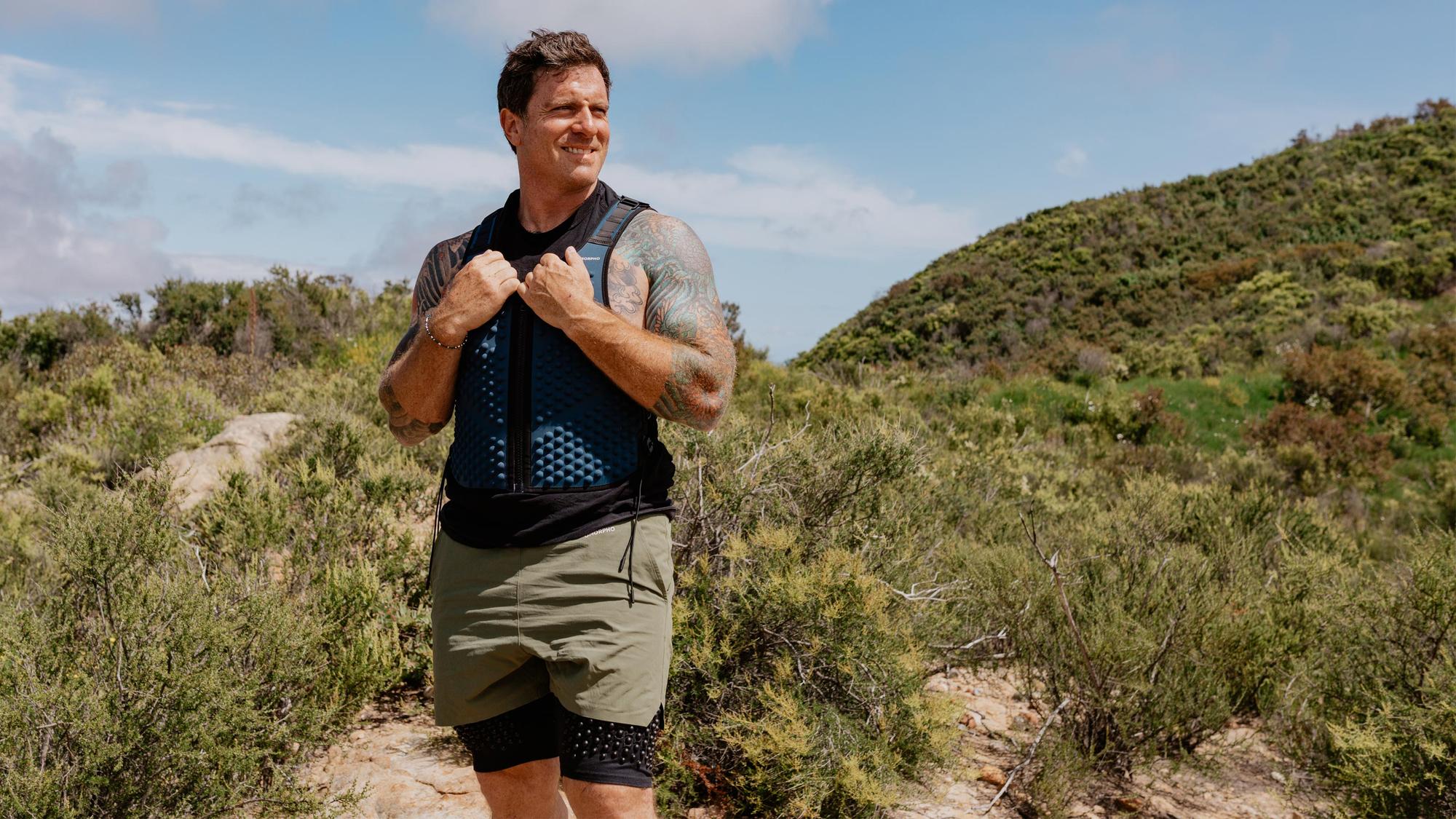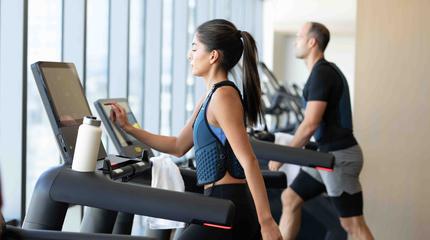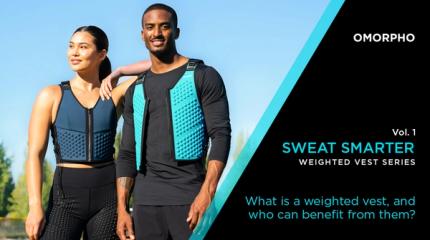At OMORPHO, we have an incredible crew of athletes, trainers and creatives who use our weighted apparel to get fitter, faster and stronger. It includes chef and cookbook author Seamus Mullen, a former competitive cyclist turned award-winning restaurateur. Mullen has become a leader in health and wellness thanks to his ongoing inquiry into the connections between nutrition, training and lifestyle.
Growing up on an organic farm in Vermont, Mullen learned the value of whole foods at an early age before getting into wrestling, cycling and cooking. After working throughout Spain, New York and San Francisco, he started his first restaurant in 2006, the critically-acclaimed Boqueria. He has since been featured on various Food Network television shows as a guest and judge.
In 2007, Mullen was diagnosed with rheumatoid arthritis, an autoimmune disease that forced him to rethink his relationship with food. Through changes in his diet and exercise, he was able to successfully turn his health around and publish his first cookbook, Hero Food.
Below, Mullen shares more about his philosophy and what he loves about the MicroLoad™ in OMORPHO products like the G-Vest weighted vest.
You have a lot of job titles, from chef to author. How do you like to describe yourself?
I'm a chef and an obsessive when it comes to health, wellness and taking care of my body. I'm always looking for different ways to improve my workouts, nutrition, quality of life and resilience.
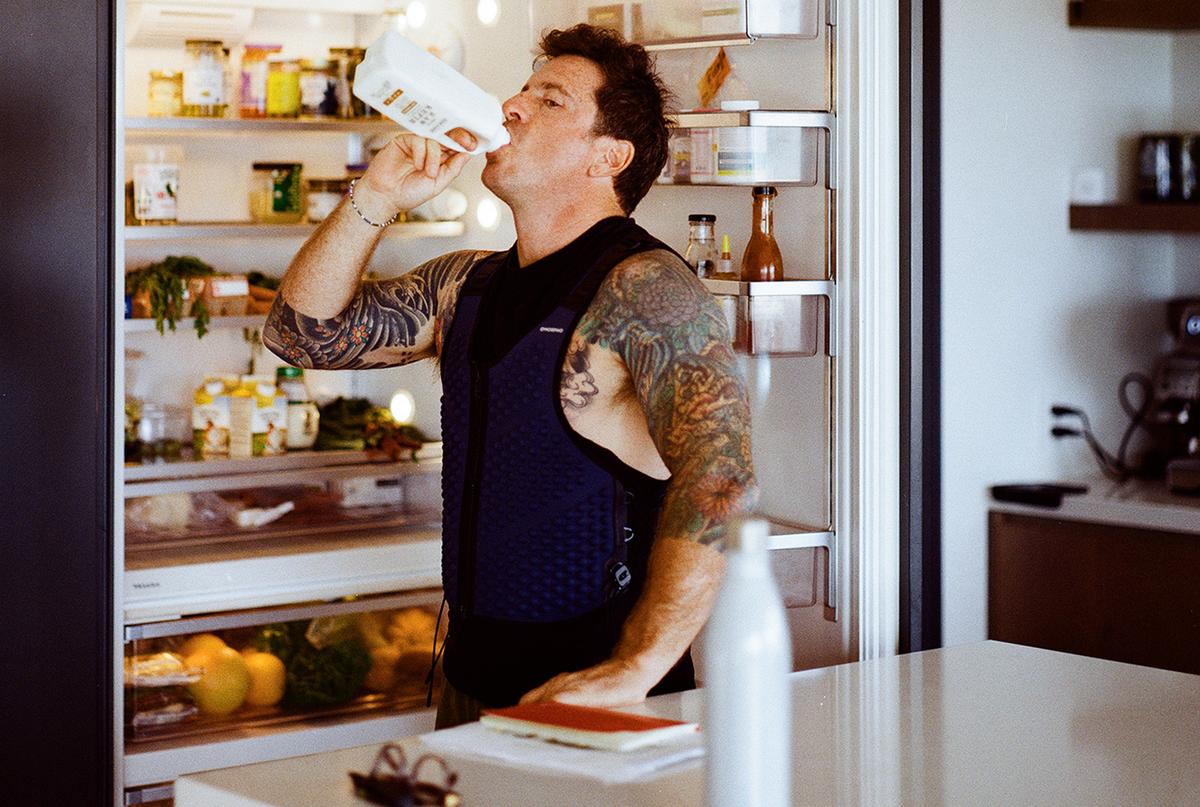
Beyond your expertise in food, what is your athletic background?
I’ve talked about being a competitive cyclist in my 20s, but I was also a wrestler in high school. It’s interesting to think about putting on OMORPHO to train because it reminds me of when I used to put on my headgear or helmet. When I put on my G-Vest, I’m locked in, and I feel like a superhero putting on a cape. I’m ready to rock!
You wear OMORPHO G-Wear yet have remained a devoted fan of the G-Vest. What are some examples of how you train with it?
I wear the G-Vest for pretty much any workout or training I'm doing. I wear it for bodyweight exercises, pull-ups, push-ups, lifting weights, hikes and more. I find it super comfortable. A lot of people might not think that wearing 10 extra pounds makes a difference, but when you take off the weighted vest, you realize just how difficult it made the workout! I'm a huge fan of MicroLoading, and OMORPHO is the best of the best when it comes to weighted apparel.
You mentioned the feeling when you take off the weighted vest. Do you forget about the extra weight when you’re wearing the G-Vest?
I mainly notice it for the first 30 seconds after I put it on. Once I'm in the zone and ready to start moving, it's like the vest becomes part of who I am. It’s just so well-engineered and fits the body well. It’s really cool because it doesn’t interrupt or interfere with my movement at all, so I stop being aware of it. Then, it’s really satisfying to take it off, to feel the lightness all of a sudden and realize how much work I put in.
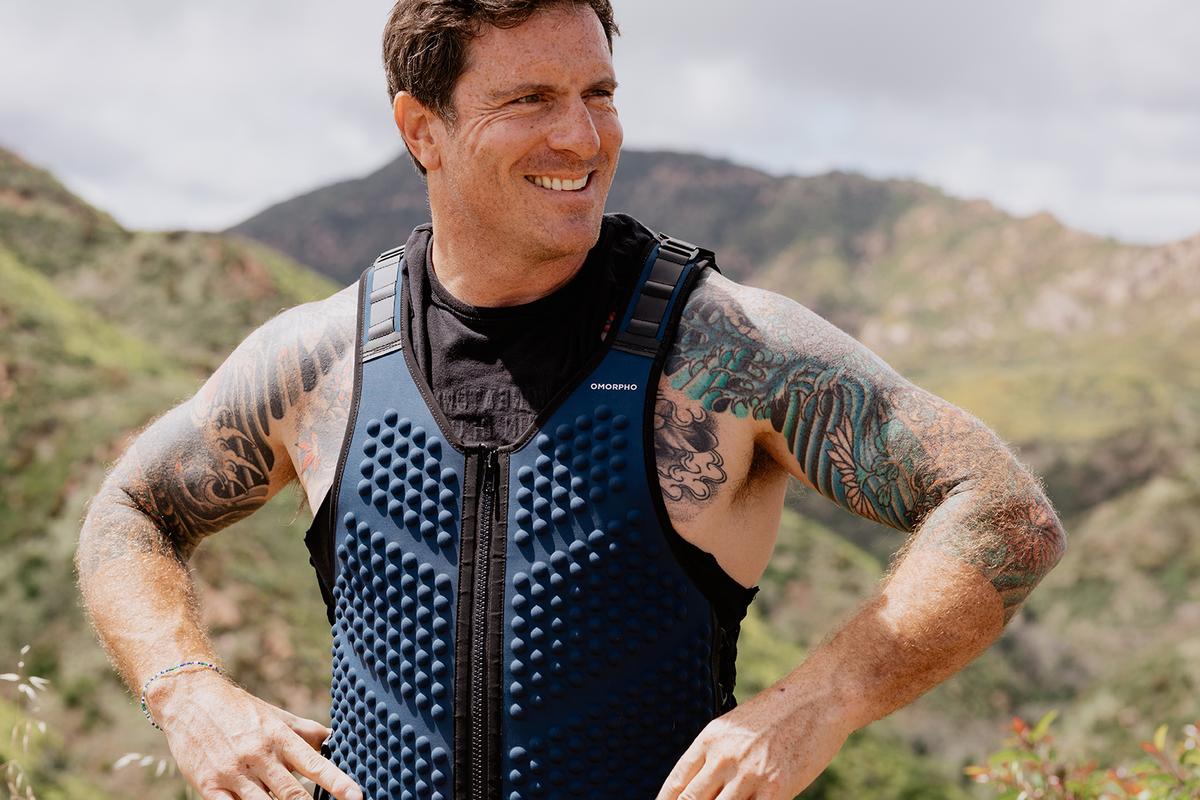
We often get asked why the G-Vest isn’t heavier like other weighted vests (those that are in the 30-pound-plus range). What would you say to people who assume “more” is better?
Anyone who thinks 10 pounds isn’t a lot should put on the G-Vest and try to do 20 pull-ups or 50 air squats in them. Try doing 100 push-ups. Try going on a two-and-a-half-hour hike. You’ll see that it’s a significant, appropriate amount of weight. If you tried to do all of that with a 30-pound vest, chances are you wouldn’t be able to push yourself, or your form would be compromised.
The best part is that 10 pounds are not too much weight that would then overstress your joints or affect your biomechanics. That’s important. You can still do the movements you would do without the vest and adjust by increasing resistance or time under tension. You’re just adding MicroLoad™ which pays dividends. The returns are simply incredible.
You’ve been open about your rheumatoid arthritis diagnosis, but we also know you’ve had knee injuries in the past. How has training with OMORPHO helped you bounce back from setbacks like that?
I’ve had ACL repairs on my left knee three times, and I have issues with it to this day. Doing bodyweight exercises is great for me. I’ve done and continue to do resistance training to build up my strength again. I don’t necessarily want to have a tremendous amount of load when I’m in recovery mode. Focusing on MicroLoad™ makes movements like lunges and squats much more impactful.
Sometimes, people think resistance training and weighted vests are only for professional or elite athletes. As a chef who’s serious about your training, how do you respond to this misconception?
I think it often comes with age. People get older and aren’t sure exactly what’s right for them. Even people who are already super fit may not think they need it. Anyone can benefit from MicroLoad™ or wearing a weighted vest like the G-Vest, and that’s why OMORPHO exists, right? To make resistance training more accessible, to make it so that people can train anywhere. We know that as people get older, resistance training becomes more important for a variety of reasons, including having good bone density and muscle strength.
If you’re hesitant, I would say start by going on a walk with the G-Vest. It can be a light walk or an aggressive uphill walk. That will stimulate your cardiovascular system and help you build strength. Once you’re more used to it, try going max effort for a few days in a row, and you’ll notice changes very quickly.
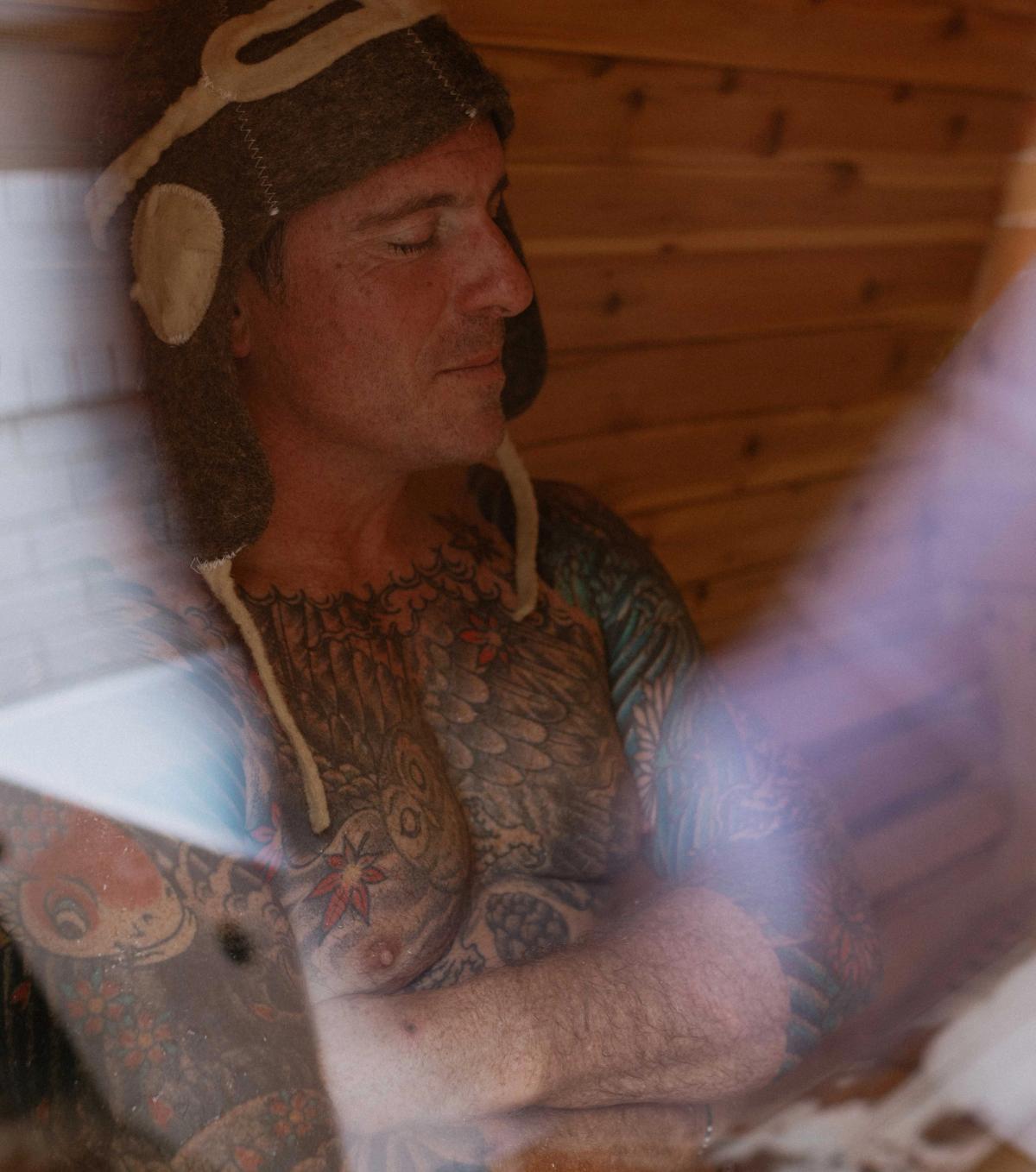
As a side note, you’re a big fan of the cold plunge. It’s similar to resistance training, in a way – having some momentary discomfort for long-term gain. Do you agree with this comparison?
Yeah, definitely. 15,000 years ago, our ancestors didn't jump into cold water because they thought it was a good idea. They did it because they had to get across a stream, to get to a cave where they could build a fire and be comfortable. They didn't embrace discomfort as an intentional choice. It was just a reality. The world we live in now has a lot more comfort built in, so we have to seek out these moments of intentional discomfort to develop resilience. When we don't, we end up more susceptible to infection, illness, emotional decay — you name it. When you create different moments throughout the day that give you moderate discomfort, with the understanding that they are there for growth, it can be really, really rewarding.
Subscribe to the OMORPHO newsletter for more Crew stories like this, including with football player Alexander Mattison and heptathlete Annie Kunz.


